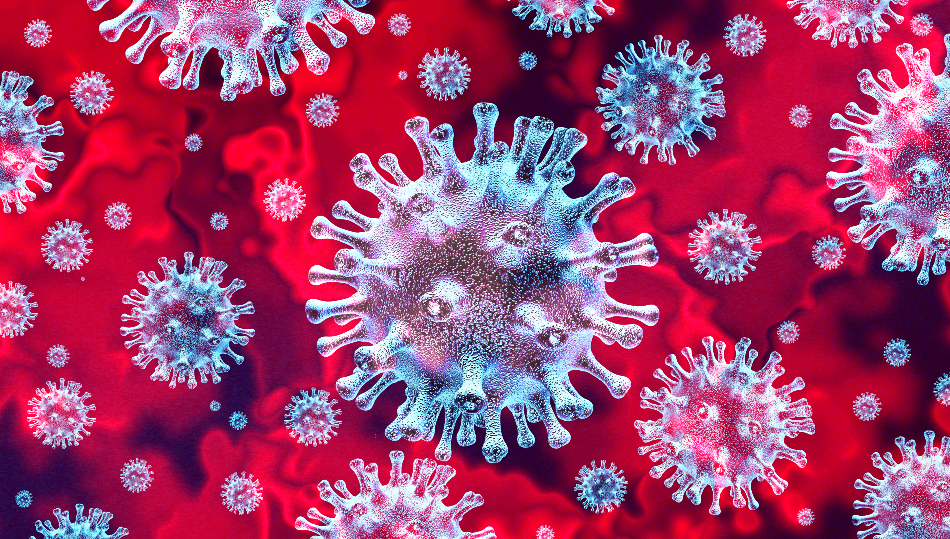
Image Credit: Lightspring / Shutterstock.com
As coronavirus spreads around the world, more people’s lives are being put under threat, and health systems are under increasing levels of pressure to contain it. Scientists are responding to the epidemic which may soon be declared a pandemic, by developing AI and big data to help prevent the spread of disease.
Robots that disinfect, AI that can detect fever in public spaces, predict survival, and track viruses and deep learning that can detect the virus have all been developed to help curb the spread of coronavirus and enhance recovery.
Using Robots for Disinfection
Robots can take the job of disinfection away from humans, preventing them from coming into close contact with the virus as they clean infected areas. Last month, the company UVD robots, based in Denmark, partnered with Sunay Healthcare Supply for the purpose of distributing its robots in China. The company’s robots are now being used to expose health care facilities to UV light to disinfect spaces that have been contaminated by the virus.
Another type of disinfecting robot, one that sprays disinfectant, is being deployed in Guangzhou by the company XAG Robot who are also deploying disinfectant-spraying drones in the area.
It is likely that in the event of a pandemic being declared these robots will become more widespread and developed for use across a wider range of environments.
Detecting Fever with AI
Cameras equipped with thermal sensors are being used in combination with AI to detect the presence of the coronavirus by registering if someone’s temperature is too high, indicating a fever. This method is being used in Singapore where people’s temperature is being assessed in real-time with these sensors together with smartphones without the need for physicians to come into close contact with the patient, as conventional temperature tests would require.
In China, another system has been established that uses AI along with an infrared sensor to predict people’s temperatures. It is now being used at the Qinghe Railway Station in Beijing. In addition, thermal imaging drones are also being deployed to patrol public spaces.
Tracking the Virus
BlueDot announced that it had picked up on the increased rates of pneumonia in China over a week prior to the World Health Organization recognizing this. The company, which was founded following the SARS epidemic, utilizes natural language processing to quickly review news and public statements relating to health to make significant insights.
Another company, Metabiota, is working alongside the U.S. Department of Defense and intelligence agencies to use AI to analyze various factors to predict how likely a disease is to spread.
Coronavirus Detection with Deep Learning
A team of researchers from various institutions in China have developed a deep learning system that is capable of detecting coronavirus with an accuracy rate of 95%. The team used CT scans taken from 51 patients infected with the virus to teach the system how to recognize the virus.
In comparison to the performance of expert radiologists in recognizing coronavirus, the deep learning model has similar levels of accuracy. The model can also decrease the time it takes to confirm the virus from CT scans by around 65%. The system is expected to improve early diagnosis, enabling doctors to isolate patients sooner, before they have infected others, contributing to preventing the spread of the virus and helping to control the epidemic.
Predicting Survival
A new system has been developed that can predict survival rates from the coronavirus with 90% accuracy. Scientists at the School of Artificial Intelligence and Automation looked at clinical data collected from a Wuhan hospital to develop the system that uses AI to make these accurate predictions which could be invaluable in highlighting patients of increased risk to doctors, helping them modify their treatment plans to hopefully raise their chances of survival.
Disclaimer: The views expressed here are those of the author expressed in their private capacity and do not necessarily represent the views of AZoM.com Limited T/A AZoNetwork the owner and operator of this website. This disclaimer forms part of the Terms and conditions of use of this website.